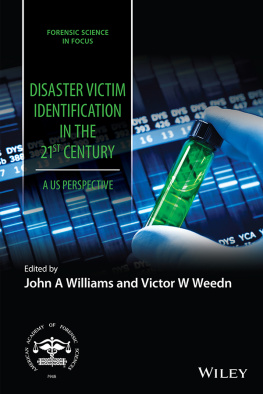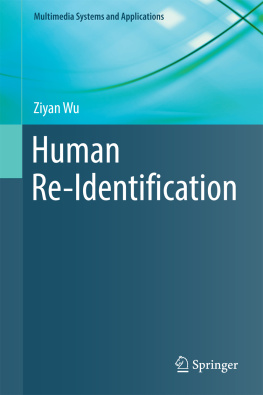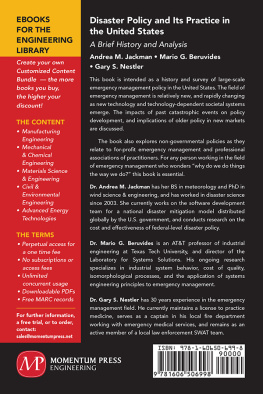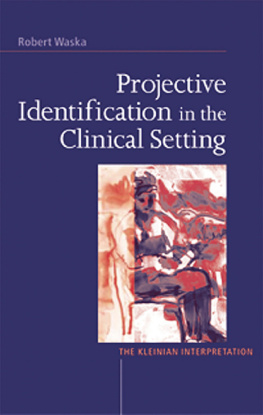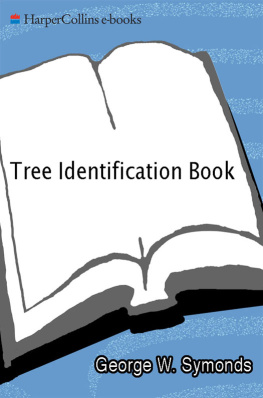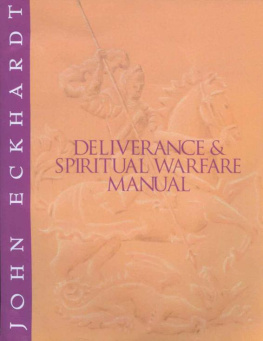John A. Williams - Disaster Victim Identification in the 21st Century: A US Perspective
Here you can read online John A. Williams - Disaster Victim Identification in the 21st Century: A US Perspective full text of the book (entire story) in english for free. Download pdf and epub, get meaning, cover and reviews about this ebook. City: Hoboken, year: 2022, publisher: Wiley, genre: Science. Description of the work, (preface) as well as reviews are available. Best literature library LitArk.com created for fans of good reading and offers a wide selection of genres:
Romance novel
Science fiction
Adventure
Detective
Science
History
Home and family
Prose
Art
Politics
Computer
Non-fiction
Religion
Business
Children
Humor
Choose a favorite category and find really read worthwhile books. Enjoy immersion in the world of imagination, feel the emotions of the characters or learn something new for yourself, make an fascinating discovery.
- Book:Disaster Victim Identification in the 21st Century: A US Perspective
- Author:
- Publisher:Wiley
- Genre:
- Year:2022
- City:Hoboken
- Rating:3 / 5
- Favourites:Add to favourites
- Your mark:
Disaster Victim Identification in the 21st Century: A US Perspective: summary, description and annotation
We offer to read an annotation, description, summary or preface (depends on what the author of the book "Disaster Victim Identification in the 21st Century: A US Perspective" wrote himself). If you haven't found the necessary information about the book — write in the comments, we will try to find it.
As the frequency of both natural and man-made mass fatality disasters increases worldwide, the establishment of clear standards and best practices within the field of Disaster Victim identification (DVI) is of vital importance. Whereas most countries assign jurisdiction to law enforcement agencies following Interpol guidelines, DVI is the responsibility of the medical examiner and coroner in the United States.
Disaster Victim Identification in the 21st Century is the first book of its kind to directly address the needs of DVI practitioners in the United States, covering the full spectrum of DVI from traditional methods such as fingerprints, odontology, and anthropology to advanced DNA identification technology. Approaching DVI from three perspectivesacademic, government, and private industrythis comprehensive volume examines the history and current state of the discipline, the ongoing formation of national standards, the various methods of human identification, and the key challenges and future of DVI. In-depth chapters are written by leaders in the field with personal experience in human identification and mass fatality events.
- Provides practitioners with practical guidance on planning and taking part in DVI based on current national standards and best practices
- Discusses continued improvement in both traditional and emerging DVI methods
- Includes non-region-specific case studies and recommendations that can be easily adapted for international use
- Examines ethical and legal considerations in DVI, including suggestions for standardizing the victim identification process
- Describes the critical role of the Victim Information Center (VIC) in providing the comparative information required to go beyond presumptive identifications
Part of the American Association for Forensic Sciences (AAFS) series, Disaster Victim Identification in the 21st Century: A US Perspective is an indispensable resource for forensic scientists, disaster planners, policymakers, medical examiners and coroners, law enforcement and emergency personnel, and upper-level undergraduate and graduate students in forensic sciences and emergency management.
John A. Williams: author's other books
Who wrote Disaster Victim Identification in the 21st Century: A US Perspective? Find out the surname, the name of the author of the book and a list of all author's works by series.

